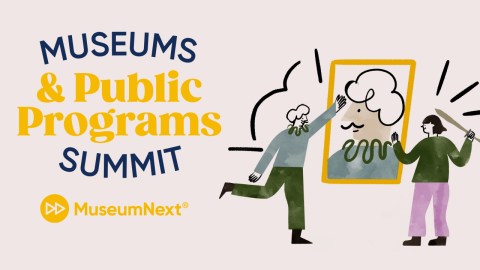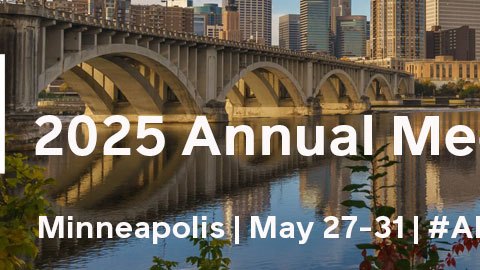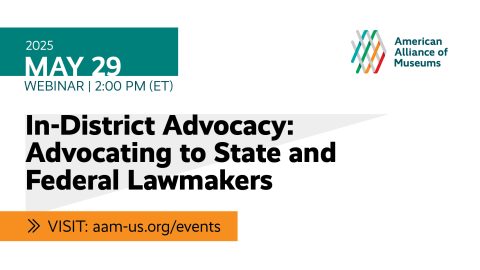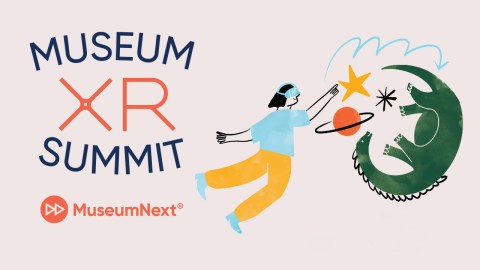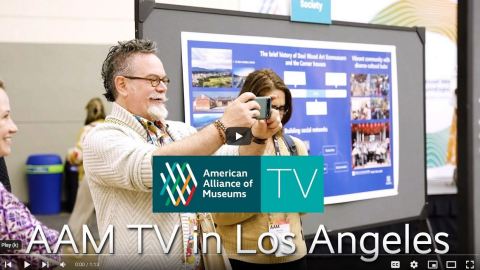Download a PDF copy of this tip sheet.
This tip sheet was developed with the help of Katherine McNamee, the Director of Human Resources for the American Alliance of Museums (AAM), and is based on practices from several organizations committed to equitable recruitment including AAM.
With the right approaches, museums and other organizations can develop recruiting practices that mitigate biases and focus on relevant skills and qualifications. Creating consistency and fairness in the process will ensure that all candidates have the same opportunity to showcase their skills and talents. The following tips cover how to identify needed resources, write job descriptions, find and assess candidates, conduct interviews, choose finalists, and track results with equity in mind.
Identifying Resources
- Assess who will need to make changes and decisions in the hiring process, such as:
- Support from the organization’s board and leadership.
- Budgeted funds to support temporary help during staff turnover.
- Budgeted funds to support sourcing from a variety of methods—permanent placement fees, internships, etc.
- Legal counsel to advise on how to stay compliant with Diversity, Equity, Accessibility, and Inclusion (DEAI) goals that intersect with employment law.
- Human resources professionals to develop/direct the recruitment process, track and seek continuous improvement on results, orient staff to practices, and facilitate candidate evaluation discussions with hiring teams.
Writing Job Descriptions
- Craft the qualifications around specific skills needed for the position instead of assumptions about minimum credentials, which can discourage candidates with relevant experiences from applying.
- Include the hiring salary, evaluation criteria, and expected timeline for the process so candidates understand the process upfront.
- Consider asking candidates to omit identifying information—such as names, email addresses, and dates of education and employment—from application documents reviewers will see, to follow blind screening techniques.
- In lieu of a cover letter, consider asking candidates to respond to two or three job-specific questions, so hiring teams have specific criteria on which to evaluate candidates in the early stages of the process. An example question could be, “Please share how your lived experience connects to or enhances your ability to contribute to [the museum]’s work.”
Sourcing Candidates
- In addition to major job boards like AAM’s JobHQ, advertise your position on sources that primarily serve underrepresented groups (such as com, Museum Hue, or the websites of Historically Black Colleges & Universities (HBCUs) or minority-serving colleges and universities).
- Use a digital tool like LinkedIn Recruiter to conduct profile matches of passive job candidates who may have relevant experience but not be looking in your specific field.
- Consider partnering with support organizations that can match you with marginalized job seekers, such as people with disabilities.
- Consider partnering with staffing firms for a more robust and diverse candidate pool.
Evaluating Candidates
- When possible, have at least two people review the initial application materials independently of each other, to avoid biasing one person’s opinion early on.
- Use a standard rubric for scoring and ranking candidates.
- Refrain from independently researching candidates outside of the established hiring process, such as searching them on the internet or asking for feedback from mutual colleagues.
- Have a person outside of the hiring team moderate debriefs after initial review to help lessen groupthink and potential bias.
Assembling a Hiring Team
- Recruit members of multiple departments, not just the one the position is in, to take part in panel interviews and create screening questions.
- Ensure that all team members:
- Can represent the museum’s mission and work in a professional and engaging manner.
- Can create a welcoming and inviting atmosphere for candidates.
- Understand the job requirements and criteria for evaluation.
- Understand their role in the process and what key information they are listening for in interviews.
- Have reflected on and articulated their own personal biases when reviewing cover letters and resumes and conducting interviews and have considered how personal experience may have shaped these beliefs and views.
- Are familiar with the legal concept of protected classes and understand that conversations with job candidates should only include questions and topics directly related to the job position.
- Can handle sensitive information about candidates confidentially.
- As they begin the process, encourage the team to recognize that:
- Soft skills or people skills, such as managing people, negotiating, coaching, facilitating, mentoring, and communicating are as important as the technical skills and know-how of a position.
- No candidate will be “perfect,” and all will have both strengths and areas for improvement.
- Candidates may be qualified in different ways for a position, such as having transferable skills or coming from other fields and industries.
- All new hires will need support and training, even if they have performed similar job duties in other organizations or know people in our own networks, so a need for those things is not a valid reason to reject someone.
Interviewing Candidates
- Use the same list of interview questions for all candidates.
- Consider sharing the interview questions with candidates in advance to allow them time to think about their answers. (This can help candidates who are less comfortable in the interview setting feel confident in showing their abilities.)
- Build in opportunities for candidates to showcase their skills directly. For example, you could ask a candidate to:
- Sell us a membership to [your organization], highlighting features and benefits.
- Walk us through how to read and interpret a financial statement.
- Present a brief pitch on why a funder might want to donate to [your organization].
- Conduct virtual instead of in-person interviews in the early rounds, to be more flexible and reduce demands on candidates’ time. Consider in-person interviews for finalists if needed.
- When requiring an in-person interview with a candidate who does not live in your region, pay for any travel costs they incur, including air or rail fare, gas mileage, and hotel costs.
- Consider paying candidates a stipend for their interview time.
Choosing Finalists
- When choosing candidates to move forward with an offer, ask the hiring team the following questions:
- What assumptions are we making about this applicant?
- What will we “miss out” on by not hiring this applicant?
- Are we placing too much emphasis on the technical skills of the job?
- Are we open to hiring a candidate who can offer complementary skills?
- Are we open to hiring a candidate who can help shape our workplace culture, or do we just want a candidate who can fit into our existing culture?
- And, if this hire is expected to help shape our workplace culture, how are we prepared to change to accommodate that culture shift?
- What are our perceived risks of hiring this applicant, and do they have merit?
- Will we be truly living into our values around DEAI and racial equity by hiring this applicant? If so, how? If not, why not?
Tracking Results
- Invite all candidates who submit applications to complete a voluntary, anonymous demographic self-disclosure survey.
- Collect anonymous demographic self-disclosure for current staff members.
- Track the number of and demographic data for internal promotions.
